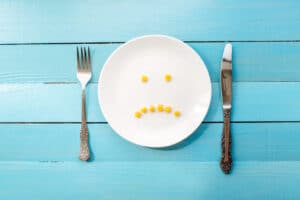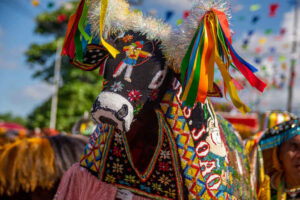What this new model proposes to make the most of the products and materials we use
Who said that trash is the only destination for a product that reaches the end of its useful life? In the circular economy, what we discard can become the raw material for what we will buy tomorrow.
This name is a contrast to the so-called linear economy, in which the end of the line for every product, after we consume it, is the landfill. What the circular economy does differently is identify everything that can be recycled and transform waste into new elements.
For this to happen, the principle of the circular economy must be present from the design of a product. This way, we guarantee that it is already created with materials that can be recycled when discarded by us.
Recycling, however, is not the only typical action of the circular economy. In this new model of production and consumption, people also share, rent, reuse, repair, and refurbish materials and products so that they last as long as possible. In this way, the life cycle of products increases — and waste disposal decreases, protecting our ecosystems from this type of pollution.
The 3 principles of the circular economy
In summary, the main points of this new production and consumption model, according to Ellen MacArthur Foundation (organization dedicated to accelerating the transition to the circular economy), are:
Eliminate waste and pollution: create products made from materials that can be reused after being discarded or that are easy to repair or even remanufacture. In the case of food, think about how it can return to nature and regenerate the land or fuel the production of new foods and materials.
Want an example? A Apeel created an innovative way to eliminate single-use plastic packaging on fresh fruit and vegetables and combat food waste. The company has developed a plant-based edible coating layer that is applied to fresh produce to boost the natural defenses of fruits and vegetables. This slows down deterioration due to water loss and oxidation and saves the environment from plastic waste.
Maximize product circulation: This means using products (reusing and repairing) and raw materials (recycling or composting biodegradable materials) as much as possible. Everything to maintain the value of these items, which are now considered finite in the economy and stop polluting the environment.
To help companies adopt reusable packaging and keep it in circulation, Loop (which operates in France, the United Kingdom and the United States) has a reuse platform that offers products from big brands, such as Tide detergent and Heinz ketchup, in reusable packaging. When the contents run out, the company collects the packaging, cleans it, refills it and puts the product back on the market.
Regenerate nature: means a shift in focus from extracting resources from nature to regeneration through agricultural practices that allow, for example, soil recovery and increasing local biodiversity —returning biological materials to the land whenever possible— and reducing emissions of polluting gases.
In Brazil, the Connect the Dots promotes local regenerative agriculture in São Paulo (SP) and protects natural systems threatened by urban expansion and conventional agricultural practices. In return, the municipality purchases products from local farmers to provide healthy food for people in vulnerable situations, paying 30% above market value to encourage the transition to regenerative practices and promote social inclusion.


